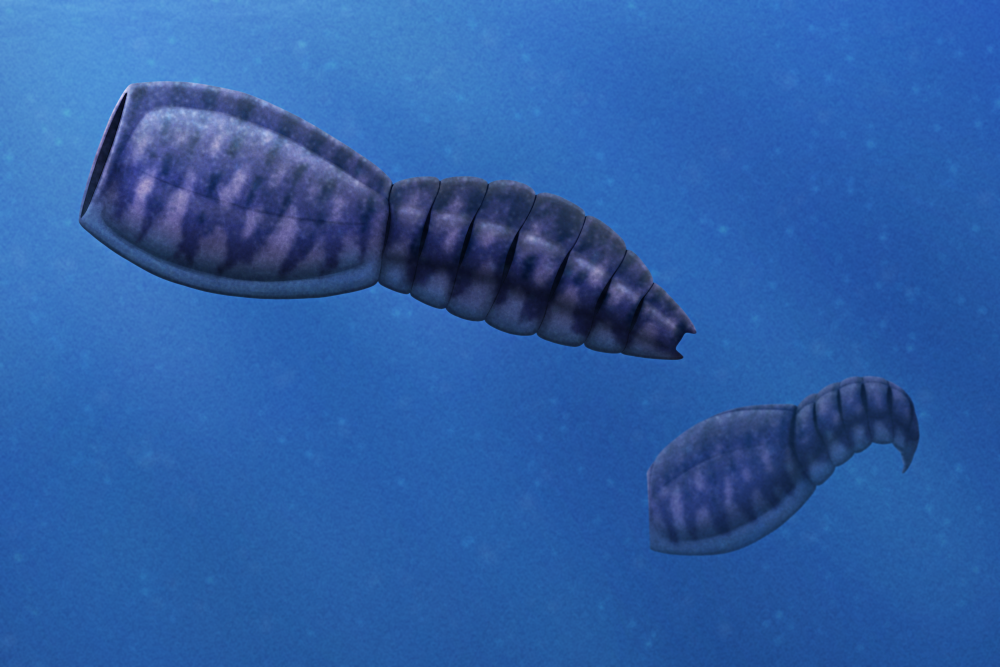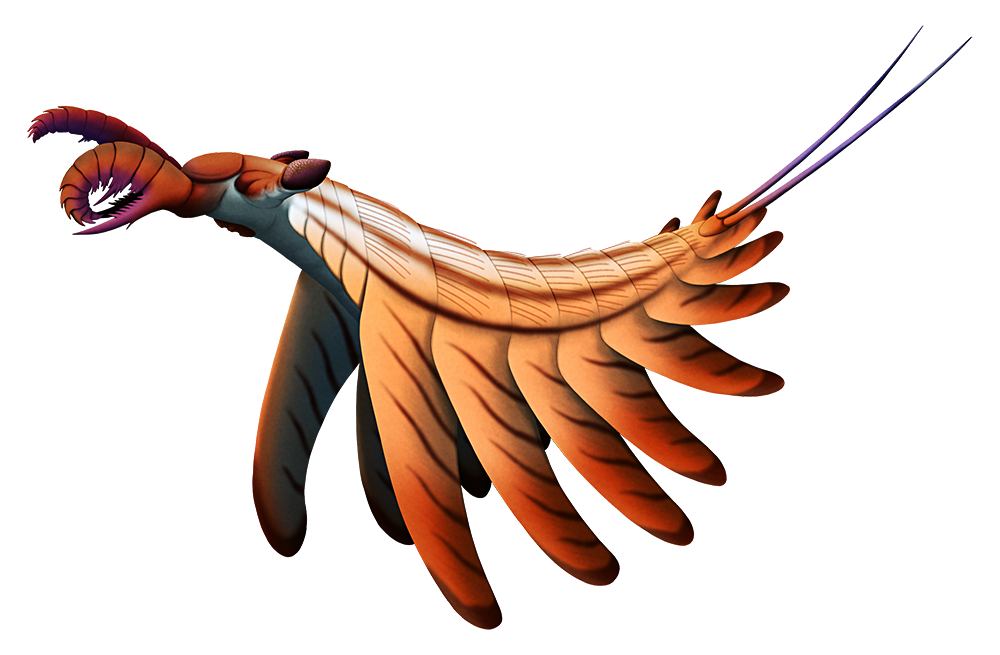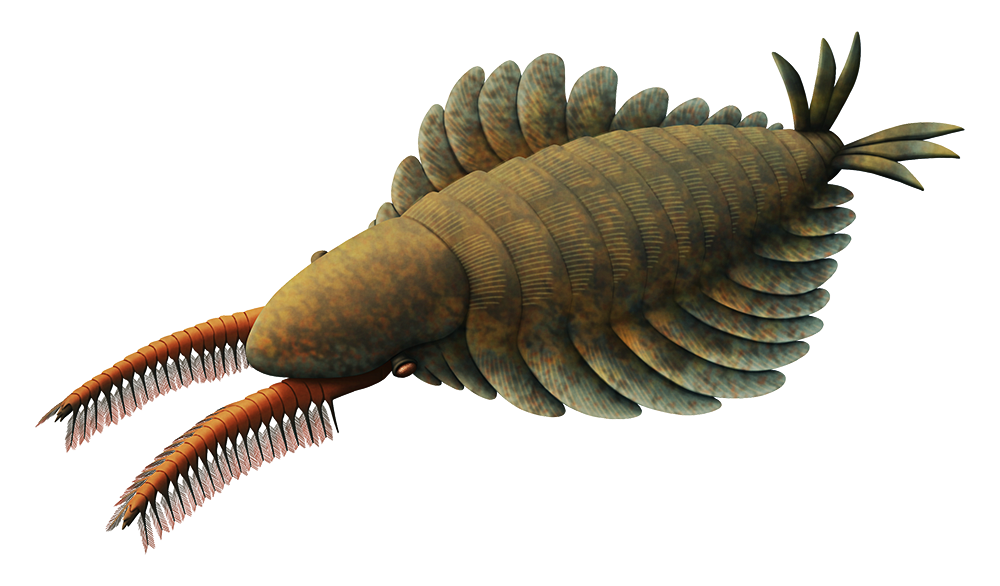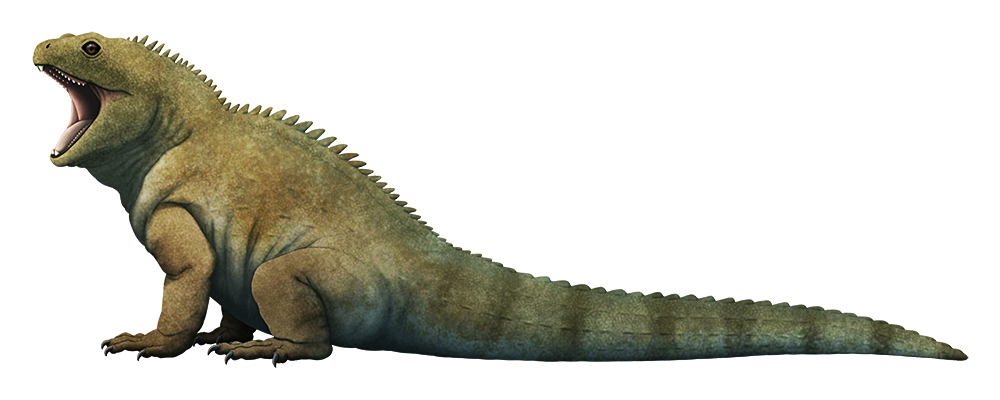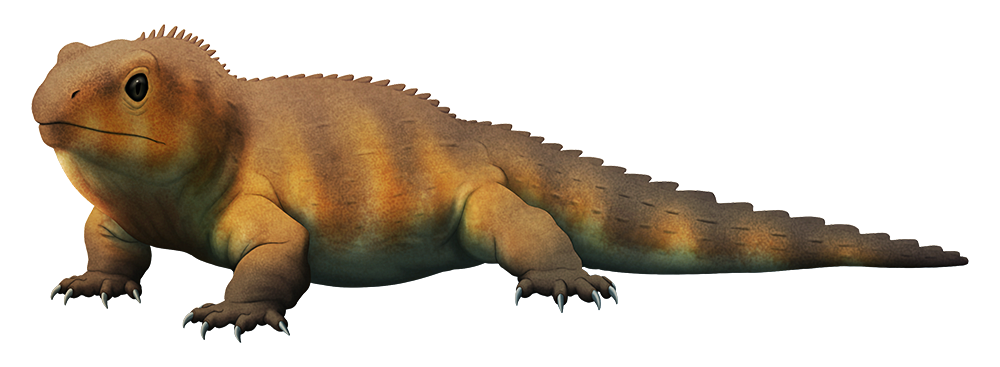Now that the other ecdysozoans are out of the way, we’re actually getting to the main stars of this series: the panarthropods.
Containing all the modern arthropods, tardigrades, and velvet worms, along with the extinct lobopodians and dinocaridids, the earliest panarthropods are thought to have originated somewhere towards the end of the Ediacaran Period and then diversified incredibly quickly in the early Cambrian. Trace fossils and “small shelly fossils” hint at an arthropod presence only a few million years after the start of the Cambrian (~537 million years ago) and by 521 million years ago there were already trilobites all around the world – which means by that point the ancestors of all the other major lineages of true arthropods (chelicerates, myriapods, and pancrustaceans) must have also already diverged from each other.
Unfortunately due to the patchy nature of the fossil record and the rarity of good preservation conditions we only really have a few snapshots of this group’s diversity from points in the Cambrian after the main burst of their evolutionary explosion had already happened. But as more and more fossils are discovered we’re gradually piecing together a fairly decent idea of early panarthropod relationships, and some of the most famous “weird wonders” that were once thought to be entire separate “failed experiment” animal phyla are now properly reunited with their relatives.
There’s still disagreement on a lot of the details of their evolutionary relationships, but at least we’re pretty sure nobody’s reconstructing these poor things upside-down and back-to-front anymore.
…Probably.
Continue reading “Cambrian Explosion #37: Panarthropoda & Phylum Tardigrada”
